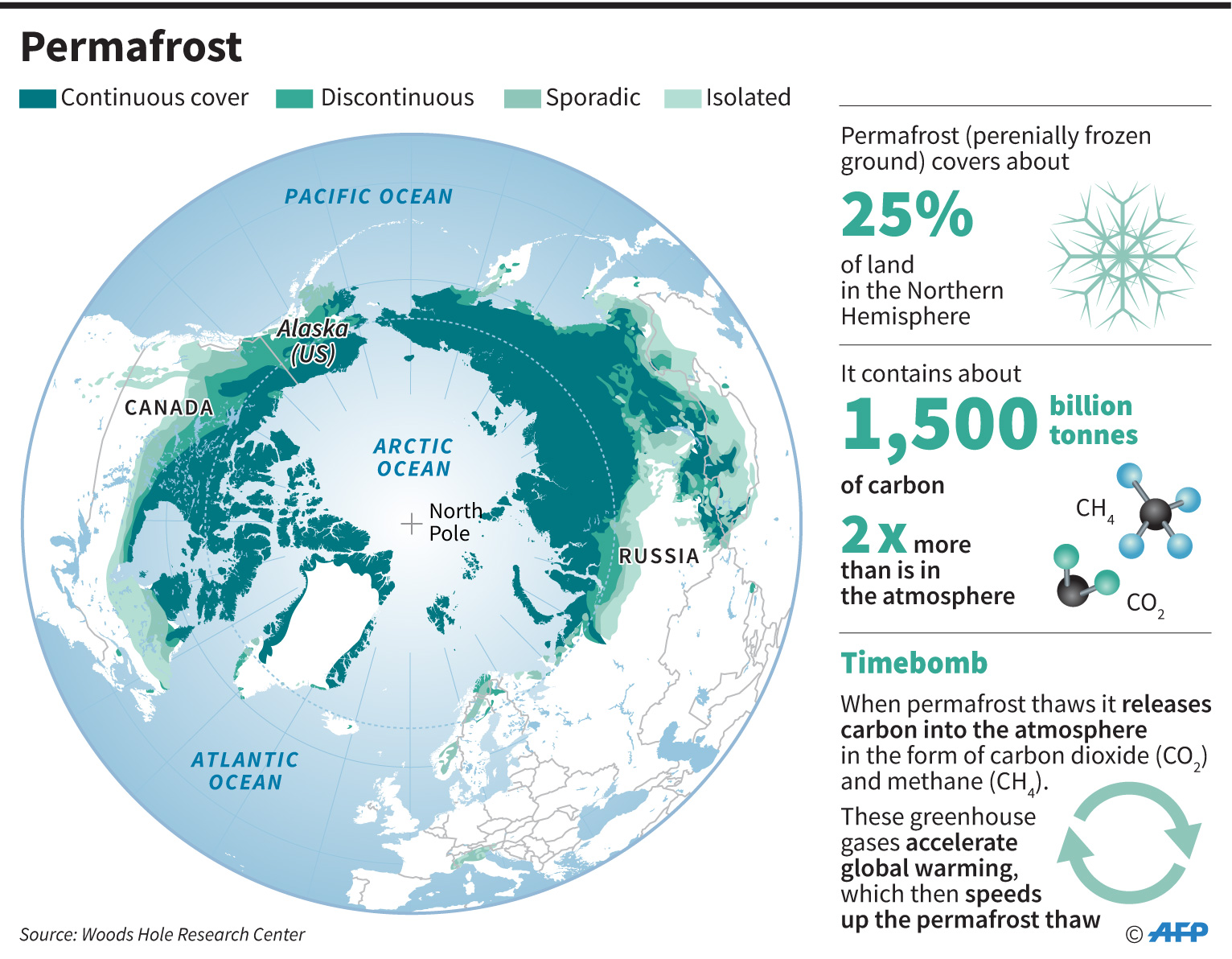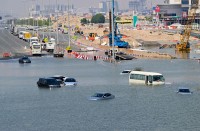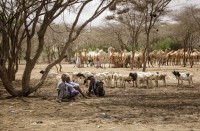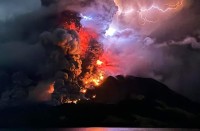
TOKYO, Japan (AFP) — A warming climate is thawing permafrost and up to 70 percent of infrastructure in the Arctic region is at risk, including key oil and gas fields, a new study said Wednesday.
Researchers used detailed information on infrastructure across the Northern Hemisphere permafrost zone to model with unprecedented detail just how many buildings, roads, railways and other construction could be at risk by 2050.
“The magnitude of the threat was in a way surprising,” said lead author Jan Hjort, a professor of physical geography at Finland’s University of Oulu.
“Especially that around 70 percent of current infrastructure in the permafrost domain is in areas with high potential for thaw of near-surface permafrost,” he told AFP.
“By 2050, 3.6 million people… may be affected by damage to infrastructure affected by permafrost thaw,” adds the study, published in the Nature Communications journal.
It also warns that nearly half the key oil and natural gas fields in the Russian Arctic are in areas with “high hazard potential” because of thawing by 2050.
And even if global leaders can keep to the promises made in the Paris climate accord, the study says the infrastructure risks up to 2050 will be the same.
However, keeping warming below 2C above pre-industrial levels is likely to reduce the potential devastation that could come beyond 2050, the authors said.
“Maybe these results can be taken as ‘wake-up calls,'” said Hjort, calling for more local-scale risk assessments to better understand the kind of damage that might result from permafrost thaw.
Permafrost — soil that is frozen, although not necessarily permanently as its name implies — is found mostly in the Northern Hemisphere, where it covers about a quarter of exposed land and is generally thousands of years old.
It covers a wide belt between the Arctic Circle and boreal forests, spanning Alaska, Canada, northern Europe and Russia.
It exists to a lesser degree in the Southern Hemisphere, where there is less ground to freeze, including in the South American Andes and below Antarctica.
In total, around 65 percent of Russian territory is covered by permafrost and the country is already wrestling with the impact of thawing.
In the Siberian city of Yakutsk, buildings have started to sag and crack as the ground literally shifts beneath them.
This year, Yakutia — the region where Yakutsk is located — passed a permafrost protection law, and is lobbying Moscow to take measures on a national level.
The law calls for the monitoring and prevention of irreversible loss of permafrost.
In Russia, researchers are looking at ways to keep the ground frozen as the atmosphere warms, but the study warns that “their economic cost may be prohibitive at regional scales”.
It urges further work to better understand which parts of infrastructure in the affected regions are most at risk, so targeted action can be taken to mitigate and protect against the consequences of thawing.
© Agence France-Presse







